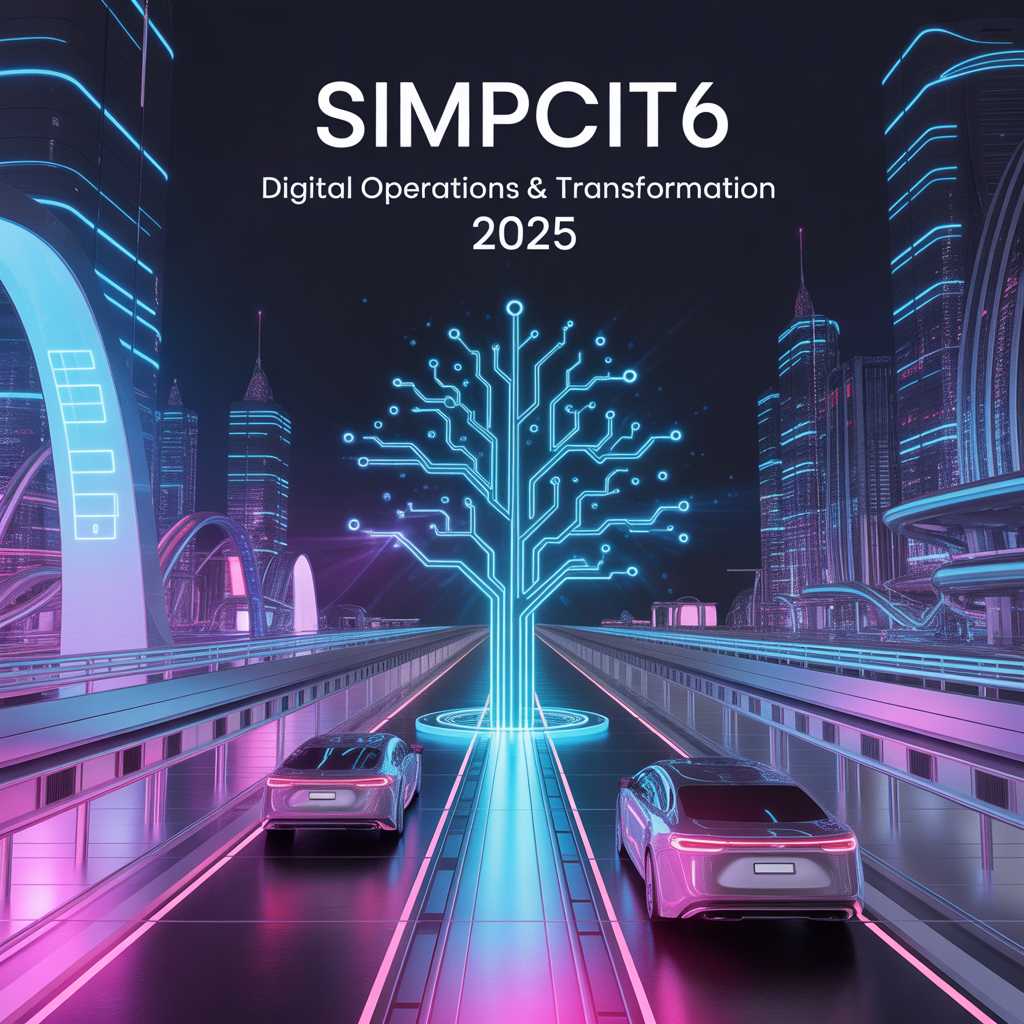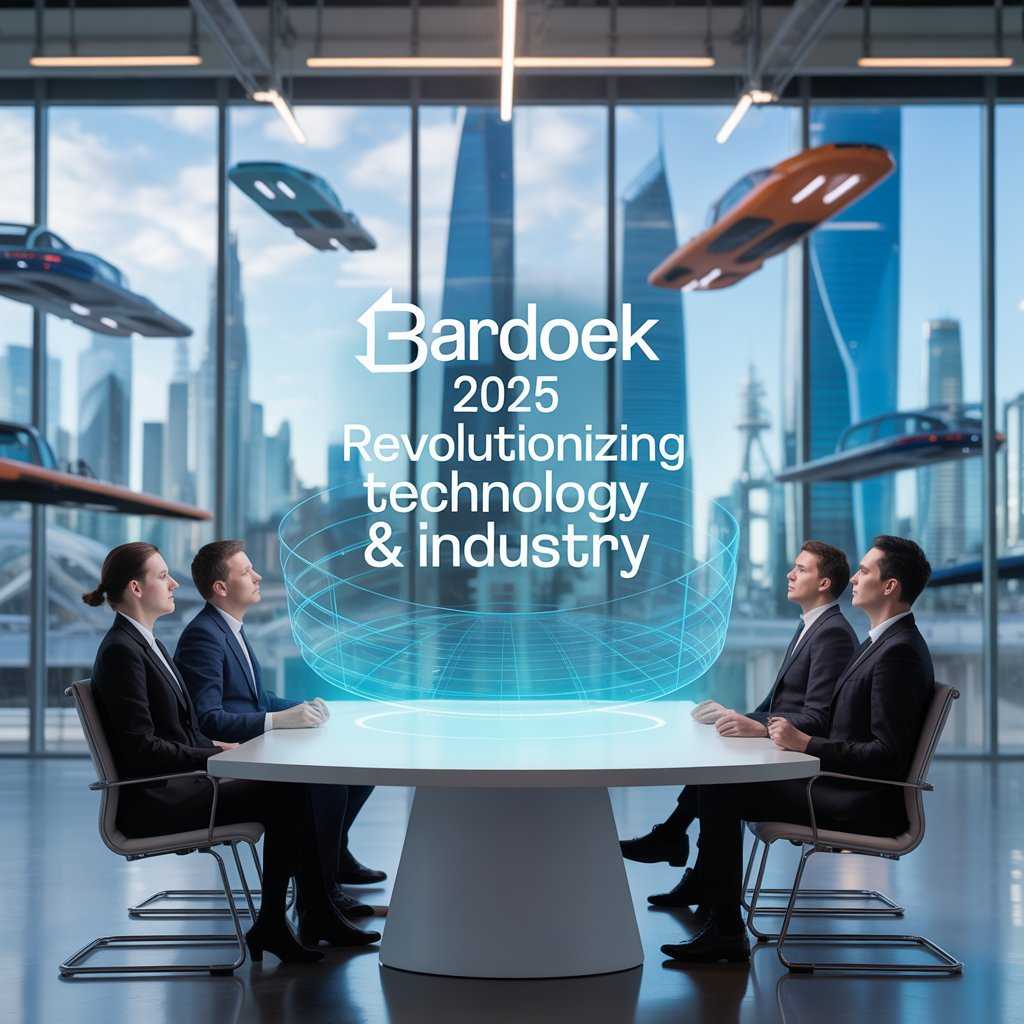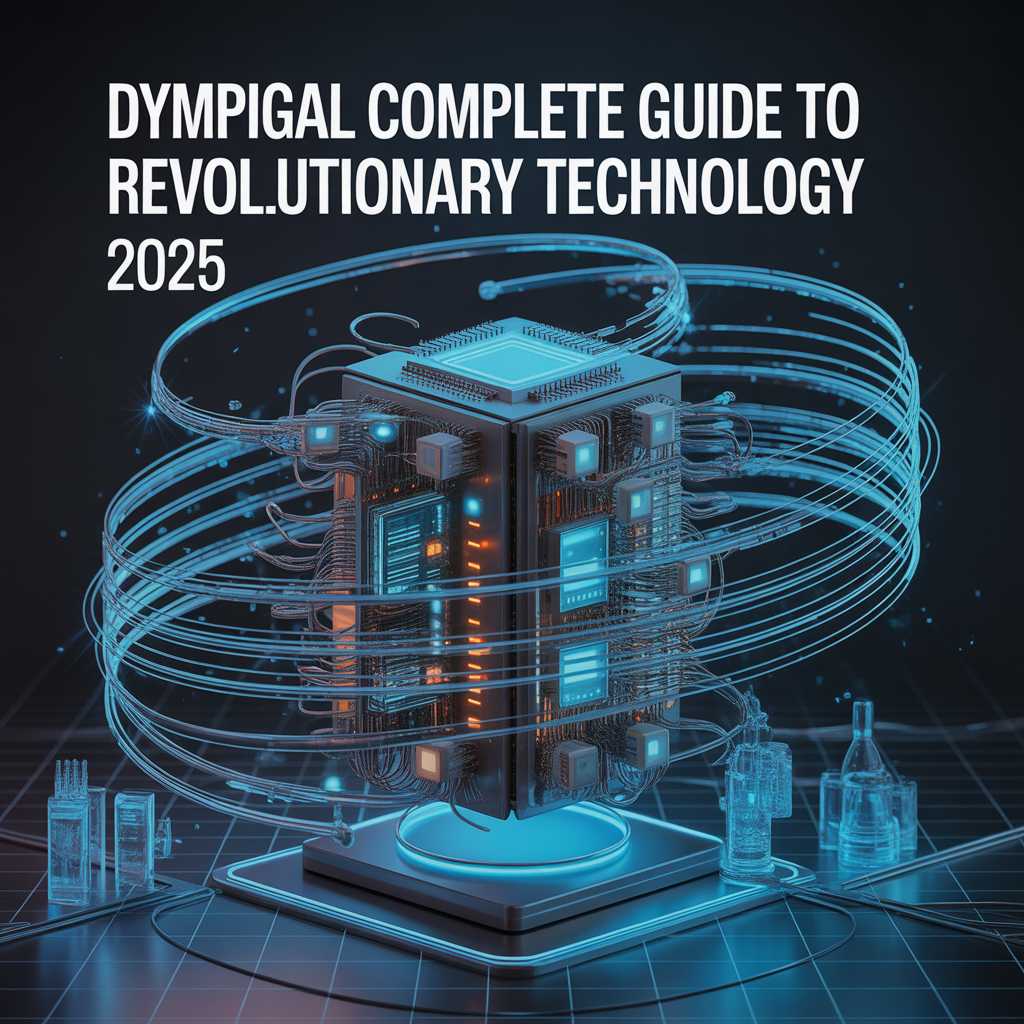The digital landscape continues to evolve at breakneck speed, bringing new frameworks and technologies that promise to reshape how businesses operate. Among these emerging innovations, Simpcit6 Digital Operations has emerged as a particularly compelling solution that bridges the gap between traditional systems and cutting-edge technology.
If you work in technology, are a business leader, or are interested in digital transformation, it’s important to know what Simpcit6 can do to stay competitive in a world that is becoming more automated. This complete guide covers all you need to know about Simpcit6, from its basic structure to how it may be used in the real world. It will help you decide if this technology could change the way you do business.
If you’re an IT professional looking at new systems, a business owner looking for ways to make your business more efficient, or just curious about new tech trends, this in-depth look into Simpcit6 will provide you the information you need to make smart choices regarding this cutting-edge platform.
What is Simpcit6?
Simpcit6 is a new digital framework that makes complicated business operations easier by using smart automation and seamless integration. Simpcit6 works as a bridge between existing infrastructure and the needs of next-generation technology. This is different from typical software solutions, which frequently need a lot of modification or a total system overhaul.
At its foundation, Simpcit6 is built on a modular architecture that lets companies choose which parts they want to use based on their own needs. This flexibility makes it especially appealing to companies who wish to update their processes without getting rid of their current technological investments.
The framework brings together data processing, workflow automation, and performance optimization on one platform. Simpcit6 is different from other solutions since it can adapt to the needs of diverse industries while still meeting the same performance standards in all deployment circumstances.
Background and Evolution of Simpcit6
Simpcit6 was created because organizations were starting to realize that they required more flexible, scalable solutions to deal with the expanding complexity of digital needs. Traditional business software often made silos, which meant that companies had to choose between keeping old systems or spending money on new ones.
The first versions of what would become Simpcit6 were mostly about problems with integrating data. But as organizations started asking for more complete solutions, the framework changed to include advanced automation tools, real-time analytics, and machine learning algorithms that could make predictions.
Why Simplicity Matters Today?
Clarity in a Complex World
People have access to a limitless amount of information in today’s fast-paced digital world. Simplicity cuts through the noise, which makes it easier to understand ideas. It makes sure that your message is clear and easy to understand.
Saves Time and Effort
People move more slowly and waste energy when things are complicated. Simple systems let you do things quickly and with fewer mistakes. This efficiency makes things easier for both work and life.
Builds Trust and Confidence
People trust what they can easily grasp. Simple designs and solutions make things less frustrating. Making things simple builds trust in both goods and services.
Improves Business and Technology
It’s easy to scale and use simple solutions. They cut down on training time and increase output. Technology gets easier to use and has a bigger effect.
Focus on What Truly Matters
Simplicity gets rid of extra noise and clutter. It lets people focus their energy on what’s really important. This focus leads to better results and long-term success.
Core Architecture and Technical Framework
To understand how Simpcit6 works, you need to look at how it is built in modules. There are various parts to the framework that are all connected. These parts can work on their own or together to make whole business solutions.
Modular Design System
The modular architecture of Simpcit6 is what makes it work. This lets businesses add specific features without having to fully integrate the system. Each module takes care of a different part of the operation, such as data processing, workflow management, security standards, or analytics, while yet being able to cooperate with other modules.
This modular method has a lot of benefits for firms that have different needs when it comes to operations. Simpcit6 is a cost-effective solution for both small and large businesses because they can start with basic features and add more as their needs change.
Integration Capabilities
Simpcit6 is great in connecting different systems because it has strong API support and works with standard protocols. The framework can integrate with current databases, cloud services, old apps, and third-party software without needing a lot of unique development work.
The integration engine automatically takes care of data synchronization, format conversion, and communication protocols. This makes it easier for businesses to adopt new technologies because they don’t have to worry about technical issues. This feature makes Simpcit6 especially useful for enterprises that use both old and new technologies.
Data Processing Engine
Simpcit6 can process both real-time and batch data equally well. The system takes in data streams, makes any necessary changes, and sends the information to the right places while keeping the data safe and secure.
Advanced encryption methods keep data safe during processing cycles, and built-in analytics tools let you understand data patterns and how well the system is working. Because it focuses on both security and intelligence, Simpcit6 is good for sectors that have to follow rigorous rules.
Key Features and Capabilities
Simpcit6 has a lot of features that can help with common business problems and also let you customize it to meet your specific needs. When these features function together, they make a strong platform for digital transformation projects.
Intelligent Automation
Simpcit6’s automation features go beyond just scheduling tasks. They also include adaptive workflows that change based on new information. Machine learning algorithms look at how things work and automatically improve procedures, which means less work for people and more efficiency over time.
These smart automation features can manage complicated business rules, exceptions, and decision-making procedures that used to need human supervision. The system uses past data and user interactions to improve its automated responses all the time.
Real-Time Analytics and Monitoring
Performance monitoring and analytics tools give businesses a full view of how their operations are running. Real-time dashboards show important data, system health indicators, and operational trends, which makes it possible for managers to act quickly when problems arise.
The analytics engine can look at a lot of data to find patterns, guess what might go wrong, and recommend ways to make things better. This ability to forecast helps businesses switch from reactive to proactive management styles.
Security and Compliance Framework
Simpcit6 has security features such multi-layered access controls, intrusion detection systems, and tools for monitoring compliance. The framework works with a number of industry standards and government rules, so it can be used by businesses in very regulated fields.
The system has built-in audit trails that keep account of everything that happens, so you have the paperwork you need for compliance reports and security investigations. Automated compliance checking lets businesses stay in line with the rules without having to check them by hand.
Benefits of Implementing Simpcit6
When organizations successfully use Simpcit6, they usually see a number of important benefits that make the investment worthwhile and encourage more people to use it in different parts of the business.
Operational Efficiency Improvements
The main benefit that most businesses see is a big rise in how well their operations work. Simpcit6 cuts down on the time and resources needed to finish regular business tasks by automating them and making workflows more efficient.
For instance, a medium-sized manufacturing firm used Simpcit6 to manage their supply chain operations. They said that it cut their order processing time by 25% and improved the accuracy of their inventory by 30%. These benefits came from automatically checking data, smartly routing permission requests, and integrating with supplier systems in real time.
Cost Reduction and Resource Optimization
Using Simpcit6 typically saves a lot of money by cutting down on the amount of manual work needed, making better use of resources, and lowering the number of mistakes made. Businesses can move their people resources from everyday jobs to more important ones that help the business thrive.
Because Simpcit6 is modular, businesses may just use the functions they need, which saves money because they don’t have to buy full software packages with features they don’t need.
Enhanced Decision-Making Capabilities
Simpcit6 analytical features give businesses better access to and understanding of their data, which helps them make better decisions. Real-time data processing makes sure that judgments are based on up-to-date information instead of old reports.
Predictive analytics tools assist businesses plan for changes in the market, problems with operations, and chances for growth, which lets them operate in a proactive way instead of a reactive way.
Real-World Applications Across Industries
The versatility of Simpcit6 makes it applicable across various industries, with each sector leveraging different aspects of the framework to address specific operational challenges.
Healthcare Sector Implementation
Healthcare businesses generally utilize Simpcit6 to keep track of patient records and make their operations run more smoothly. Because of its security and compliance features, the framework is great for handling sensitive medical data while still following HIPAA rules.
Simpcit6 was used by a network of regional hospitals to connect their electronic health records system with their billing, scheduling, and pharmacy systems. The outcome was better coordination of patient care and lower administrative costs, which meant that medical staff could spend more time on patient care and less time on paperwork.
Financial Services Applications
Simpcit6 is used by banks and other financial institutions to keep an eye on transactions, assess risks, and make sure they follow the rules. The ability to process data in real time makes it possible to find fraud right away and provide automated compliance reports.
Simpcit6 helped one community bank streamline their loan processing workflow, cutting the time it took to approve loans from several days to a few hours while still keeping tight risk assessment requirements. The system’s ability to keep an audit trail also made it easier for regulators to check it out.
Manufacturing and Supply Chain
Manufacturing businesses use Simpcit6 to improve the way they schedule production, manage inventory, and check quality. The framework’s integration features make it easy for different manufacturing systems and outside vendors to talk to each other.
A textile company utilized Simpcit6 to plan production schedules around supplies of raw materials and customer demand projections. This cut inventory costs by 15% and increased on-time delivery performance.
Education Technology
Schools utilize Simpcit6 to keep track of student information, plan classes, and analyze how students are learning. The system can keep track of how well students are doing on multiple platforms and give teachers information about how students are learning and what they are getting out of it.
A university used Simpcit6 to connect their learning management system with student services, financial assistance, and academic planning tools. This made things easier for both students and staff.
Retail and E-commerce
Retail businesses use Simpcit6 to keep track of their inventory, manage their relationships with customers, and analyze their sales. The system may collect data from a variety of sources, such as internet retailers, brick-and-mortar stores, and mobile apps, to give businesses a full picture of their operations.
An online store utilized Simpcit6 to keep track of inventory levels across several warehouses and predict demand trends. This cut down on stockouts by 40% and kept surplus inventory to a minimum.
Challenges and Limitations
Simpcit6 has many benefits, but businesses who are thinking about using it should be aware of the possible problems and limits that could effect their adoption plan.
Implementation Complexity
Even though Simpcit6 is modular, it might be hard to put into place, especially for businesses that have a lot of old systems or special operational needs. To make sure the integration process goes smoothly, it may take a lot of technical knowledge and careful planning.
To get the most out of a Simpcit6 implementation, companies often have to pay for staff training or hire outside consultants. This initial expenditure might be rather large, especially for small businesses who don’t have a lot of technical resources.
Resource Requirements
Simpcit6 needs enough hardware and network bandwidth to work well, especially for businesses that handle a lot of data or have numerous users at the same time. These requirements can mean that infrastructure needs to be upgraded, which will raise the cost of implementation.
To keep the system running at its best, it also needs regular maintenance and monitoring. This can include hiring dedicated technical staff or signing managed service agreements.
Change Management Challenges
To make sure that users embrace and successfully utilize Simpcit6, like any other big technological implementation, it needs to be managed by change management. Employees might not want to utilize the new system or need a lot of training to do it well.
To get the most out of their Simpcit6 investment, businesses need to plan for full training programs and change management projects.
Competitive Landscape and Alternatives
Organizations may make smart choices regarding their technology investments by knowing how Simpcit6 stacks up against other options.
TechNovaX
TechNovaX has enterprise automation and integration features that are similar to Simpcit6. It is especially good at AI-driven analytics and deploying systems on a big scale. But TechNovaX usually needs more customisation and costs more to set up.
FlowMatrix
The flowmetrix is a great choice for companies that want to optimize their processes because it specializes in technologies for optimizing workflows and working together. It has great real-time collaboration tools, but it doesn’t have some of the more extensive integration features that set Simpcit6 apart.
OptiCore
In some situations, OptiCore’s performance monitoring and system optimization functions compete with Simpcit6. OptiCore is great at making things more reliable and faster, but it isn’t as flexible for different business needs.
DataSphere
DataSphere is a formidable competitor in data-heavy applications since it focuses on data management and advanced analytics. However, it takes more technical know-how to set up and keep DataSphere running than it does Simpcit6.
Future Outlook and Development Trends
The future growth of Simpcit6 is in line with larger trends in business technology, such as a focus on AI, cloud integration, and making the user experience better.
Artificial Intelligence Integration
Future versions of Simpcit6 will probably have more complex AI features, such as natural language processing for user interactions and advanced machine learning techniques for predictive analytics. These improvements will make the system easier to use and able to make complicated decisions on its own.
Cloud-Native Architecture
The focus of development work is on improving cloud-native architecture to make Simpcit6 more scalable and affordable for businesses of all sizes. Better cloud integration will also make it easier to recover from disasters and cut down on the need to manage infrastructure.
Industry-Specific Solutions
In the future, there may be modules that are specific to certain industries, such as healthcare, banking, or manufacturing, that meet the needs of such industries. These bespoke solutions would offer pre-set procedures and compliance features that are relevant to each business.
Frequently Asked Questions About Simpcit6
What is the main purpose of Simpcit6?
Simpcit6 is a whole digital framework that links up traditional business processes with the needs of new technology. The major goal is to improve operations by leveraging smart automation, smooth integration, and extensive analytics. At the same time, the system needs to be adaptable enough to fit the needs of diverse enterprises.
Is Simpcit6 easy for beginners to use?
Simpcit6 has easy-to-use interfaces and procedures, but to utilize it well, you usually need some technical knowledge or training. The modular design lets businesses start with basic features and add more as customers get used to the system.
How does Simpcit6 compare with competitors?
Simpcit6 stands out because it has a modular architecture and can be easily integrated with other systems. TechNovaX and FlowMatrix may have more advanced AI functions or better collaboration tools, but Simpcit6 strikes a better mix between capability and implementation flexibility than most other options.
Can both individuals and organizations benefit from Simpcit6?
Simpcit6 is mostly made for enterprises who want to improve their operations and connect different systems. Some parts of the framework might be valuable for individual professionals, but its real strength is in solving difficult problems at the organizational level rather than meeting the requirements of individual workers.
What is the long-term future of Simpcit6?
Simpcit6 has a bright future ahead of it. The team is working on making the AI smarter, making the cloud work better, and making solutions that are tailored to certain industries. As companies put more and more emphasis on digital transformation and making their operations more efficient, the need for adaptable, all-in-one frameworks like Simpcit6 is set to rise.
Building Your Digital Future with Simpcit6 Step-by-Step Guide
Step 1 Define Clear Goals
First, make specific goals for how many people will use Simpcit6. Find out where you want to save money, improve efficiency, or automate things. Keep track of your progress using 3 to 5 KPIs. Make sure your goals are in line with the long-term success of your organization.
Step 2 Assess Current Systems
Before you start using Simpcit6, take a look at the tools, workflows, and data flows you already have. Point out older systems that need to work together well. Find problems or gaps that Simpcit6 can fix. This makes ensuring that the deployment is focused and useful.
Step 3 Design a Modular Framework
Use its modular structure to plan the integration of Simpcit6 in stages. Plan out your APIs, data connections, and security needs ahead of time. Put flexibility first so you can meet future needs. Make a structure that can grow with you.
Step 4 Start with a Pilot Project
Choose one specific use case to start Simpcit6. A pilot lowers risks and shows benefits early on. Keep the scope to one important process, such automation or reporting. Check to see if the project is successful before rolling it out to the whole company.
Step 5 Train Teams and Manage Change
Give users training that is specific to their roles to make it easier for them to use Simpcit6. Use simple guides, workshops, and internal champions to support employees. Clearly explain the benefits to get people to go along with them. Ask for comments so that things can always get better.
Step 6 Scale and Optimize
After a successful pilot, roll out Simpcit6 in stages. Check KPIs often to see how they are affecting things. Always strive on making workflows better so they work as well as possible. Add new features while making sure that governance, security, and compliance are still in place.




